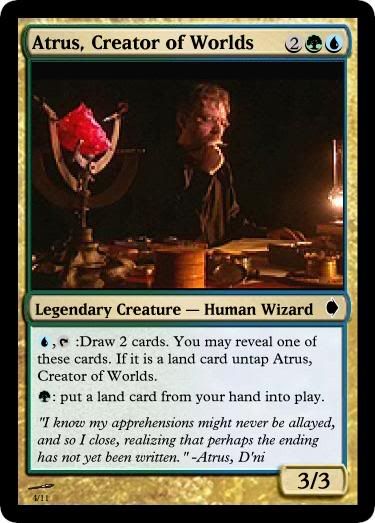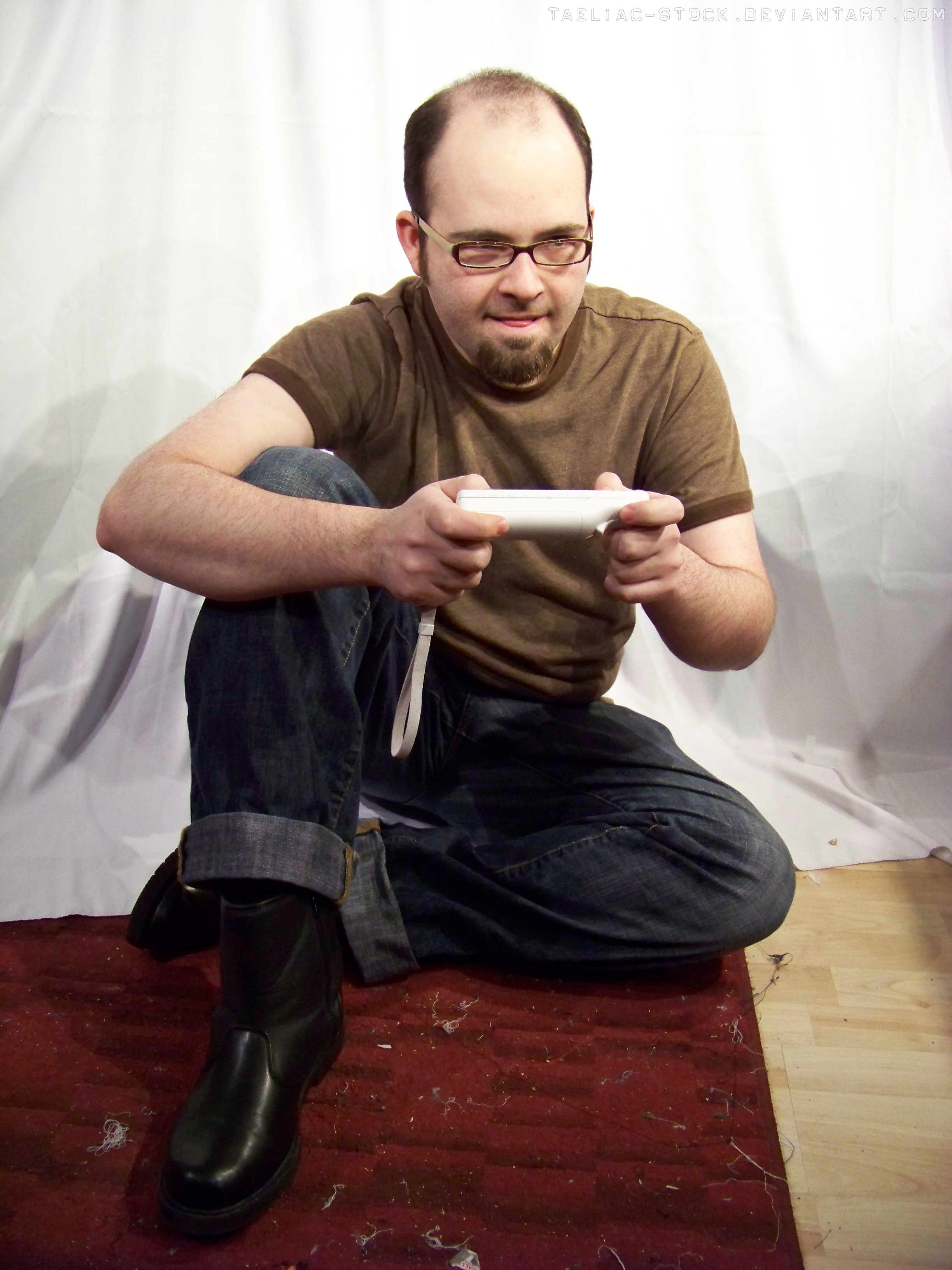Now it's time to get into the details of the game. What follows is not meant to be a walkthrough
as much as an explanation of the player experience, both on an intellectual and
emotional level. I am not longer just
saying how wonderful the game is; now I will explain what went right and what
went horribly wrong.
The player begins bewildered by the opening cutscene,
perhaps finding that the voiceover made no sense at all.
Once given control, the player begins in a dark empty hole
with nothing but the book of MYST.
Opening the book, the player discovers a moving picture which leads to
the island of MYST
Once on the island, little exploration is needed before the
player finds a note from Atrus which mentions marker switches.
While the player has already come across a marker switch, the
player may not make the connection between the object and the name, but early
puzzles in MYST handhold a little. This
puzzle is nearly given to the player on a dish.
From the note, the player is led to the secret chamber on
the dock. A hologram generator can be
found in the room, and a note for a couple of preprogrammed holograms. One of these is a visual of a marker switch.
With this knowledge, the player explores the island,
counting marker switches.
After searching the island, the player will (hopefully) have
found all eight marker switches, then go back to the dock and input the proper
code.
The reward for solving this puzzle is a message from Atrus,
discussing the destruction of books, the surviving books being placed in the
"places of protection", and mentions that a tower rotates.
The player may have spotted the burned books in the library
already, while exploring for marker switches.
If the player considers that perhaps many books lead to other worlds
just like the book of MYST, then the player might come to the conclusion that
whole worlds might have been destroyed by one of Atrus' sons, Sirrus or
Achenar.
We are off to a bad start if the player doesn't come to this
conclusion (as many players did not), because any emotional impact from this
message would be completely missing.
 |
| Missing: emotional impact. |
While mystery novels and other such artworks provide these
kinds of thrills -- dawning horror based on intellectual discoveries -- most do
so slowly. A reader of a mystery is not
expected to reach any conclusions in the first five pages. The revelations in mystery novels come at the
end, after the world has been set up, the plot has begun, characters have been
introduced, etc.
MYST throws you in so quickly that a player is not prepared
to learn about such high stakes and atrocities after five minutes of walking
around a pretty island. The emotional
whiplash might set the tone for the rest of the game, or might go completely
over a player's head.
However, players who cannot make this intellectual leap are
playing the wrong game, because the puzzles soon become so difficult that the
one that should have been made just now is a walk in the park. In this way, the developers are defining
their target audience.
There is a problem with this, though. The conclusion that needs to be drawn is that
the books that have been destroyed are worlds just like the book of MYST. But if the player flips through the books in
the library, although most are destroyed, the ones left intact are journals
with no transportation quality to them.
Some players, therefore, might conclude that the destroyed
books are also journals, and that the book of MYST is a unique specimen. Or, if there are both kinds of books in
abundance, they would certainly be separated that way a normal library
separates books. Logically, it makes
sense that, if journals are found on the main shelves on the library on MYST
island, then there is a second set of shelves or second library with books that
contain worlds.
So if Sirrus or Achenar burned a bunch of journals, it's not
nearly as big a deal as if they burned whole worlds.
 |
| "I brought you into this world, and I can take you out!" |
If the player has not yet discovered the shelves of burned
books before hearing Atrus' message, there is a fifty-fifty chance that the
conclusion the players draws is correct.
If the player has already discovered the shelves, the odds are
significantly less that the player will realize what Atrus is saying.
One of the most significant flaws of MYST occurs in the
first few minutes of playing. It is
meant to be the game-changer that defines the experience for the player and
makes them understand that this is not just a pretty place; there is danger
here.
Unfortunately, this is a rather unforgivable offense that
mars what might have been a flawless work of art. Nor was this corrected in its remake,
realMYST.
I would like to be able to continue this deconstruction by
saying "let's suppose the player concluded how he was meant to" and
move on from there, but I can't, because most players who completed the game
did not necessarily conclude correctly.
Only in hindsight does the player recognize what Atrus has said. While the conclusion should eventually be made,
it does not hit at the moment it is meant to.
The player might come to an understanding after discovering the first
age book on MYST island; or the player might forget the message completely, and
lose a significant moment in the game.
All is not lost, however.
MYST may have messed up the first major emotional revelation, but others
were right on the mark.
Read Part V: The Library
Read Part V: The Library







